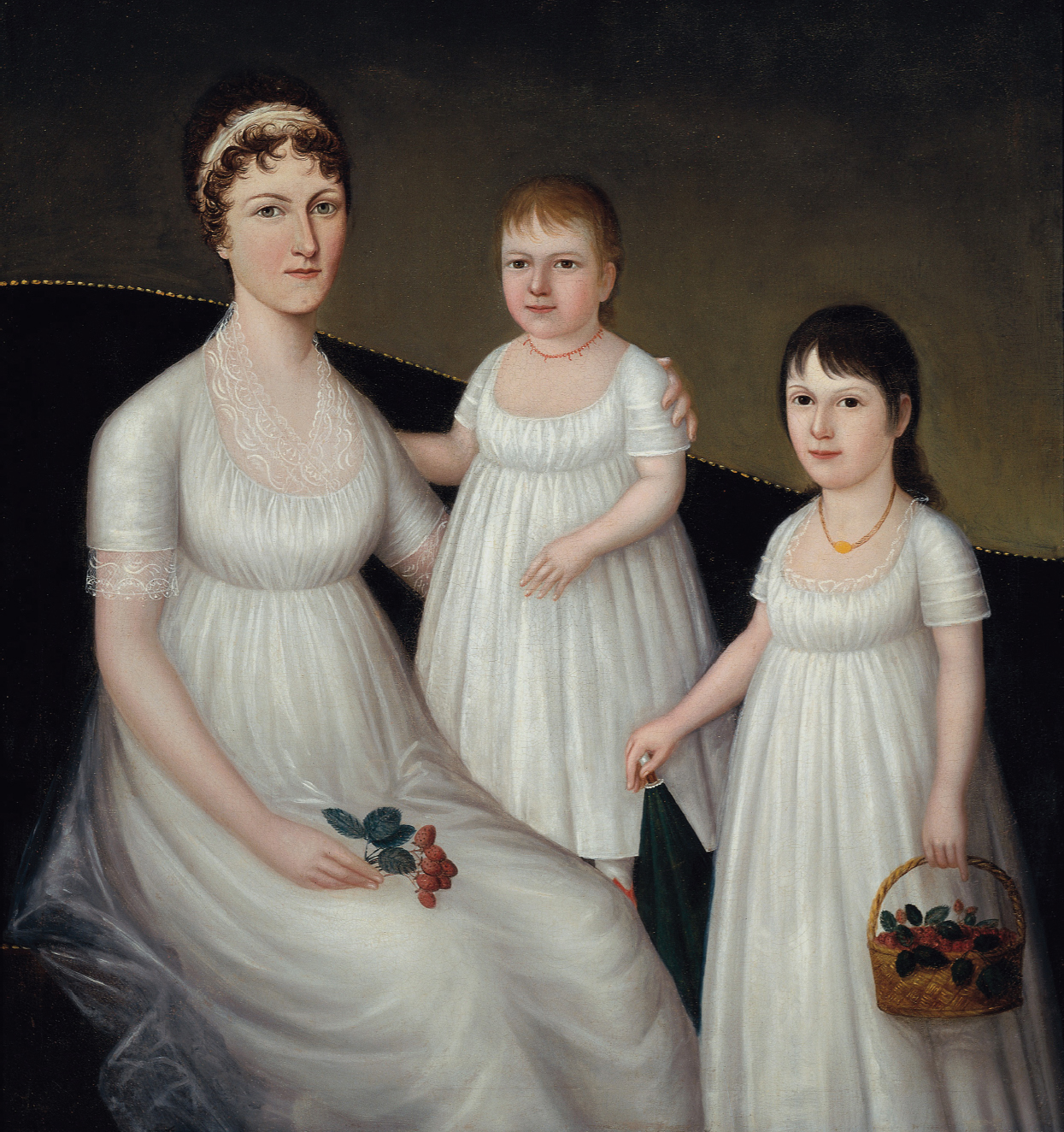America’s History: Printed Page 248
America: A Concise History: Printed Page 224
America’s History: Value Edition: Printed Page 218
Creating a Republican Culture
1790–1820
8
CHAPTER
IDENTIFY THE BIG IDEA
In eighteenth-century Europe, the leading principles were aristocracy, patriarchy, mercantilism, arranged marriages, legal privilege, and established churches. What principles would replace those societal rules in America’s new republican society?
By the 1820s, America’s white citizenry had embraced the republican political order. Their nation stood forth as a “promised land of civil liberty, and of institutions designed to liberate and exalt the human race,” declared a Kentucky judge. White Americans were indeed fortunate. They lived under a representative republican government, free from arbitrary taxation and from domination by an established church. The timing of the deaths of aging political leaders John Adams and Thomas Jefferson seemed to many Americans to confirm that God looked with favor on their experiment in self-government. What other than divine intervention could explain their nearly simultaneous deaths on July 4, 1826, the fiftieth anniversary of the Declaration of Independence?

Inspired by their political freedom, many citizens sought to extend republican principles throughout their society. But what were those principles? For entrepreneurial-minded merchants, farmers, and political leaders, republicanism meant a dynamic market economy based on the private ownership of property and capital. However, they welcomed legislative policies that assisted private business and, they claimed, enhanced the “common wealth” of the society. Other Americans in the northern states championed democratic republican cultural values, such as equality in the family and in social relationships. In the southern states, sharply divided by class and race, politicians and pamphleteers endorsed aristocratic republicanism. It stressed liberty for whites rather than equality for all.
Yet another vision of American republicanism emerged from the Second Great Awakening, religious revivals that swept the nation between 1790 and 1850. As Alexis de Tocqueville reported in Democracy in America (1835), the Second Great Awakening gave “the Christian religion … a greater influence over the souls of men” than in any other country. Moreover, religious enthusiasm — what Methodist bishop McIlvaine praised as “the quickening of the people of God to a spirit and walk becoming the gospel” — prompted social reform on many fronts. For those who embraced the Awakening, the United States was both a great experiment in republican government and a Christian civilization destined to redeem the world — a moral mission that would inform American diplomacy in the centuries to come.